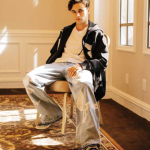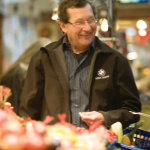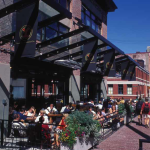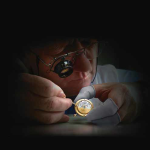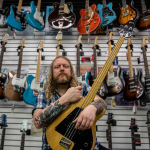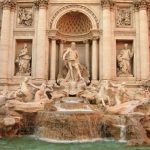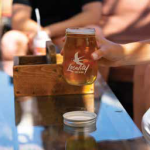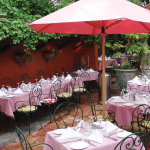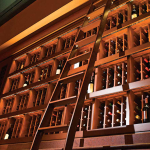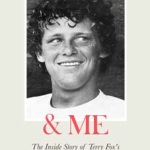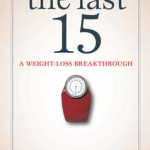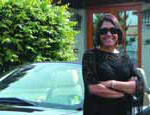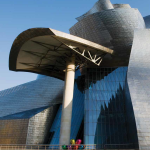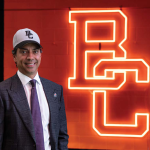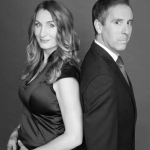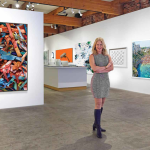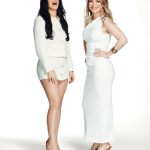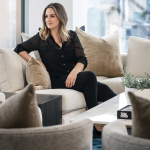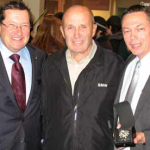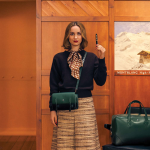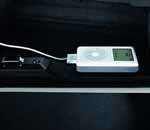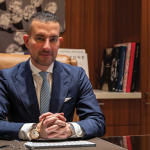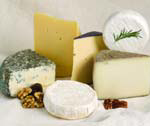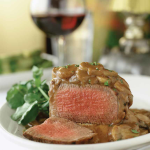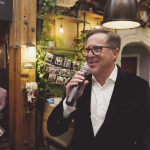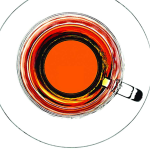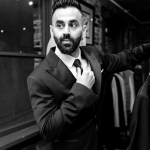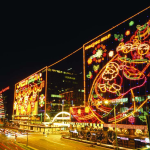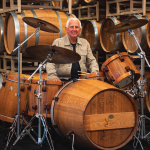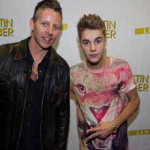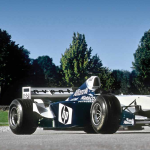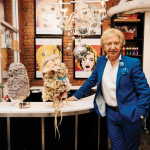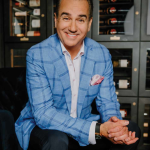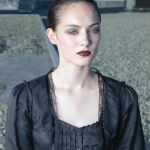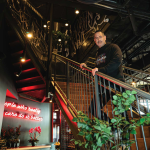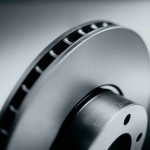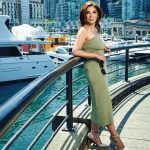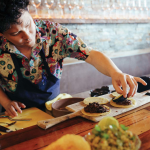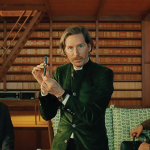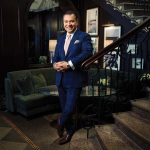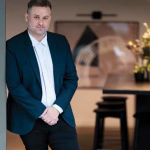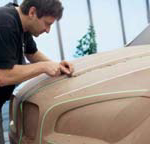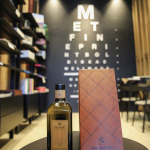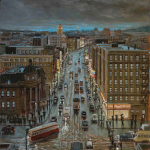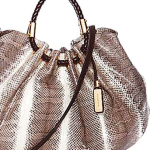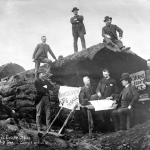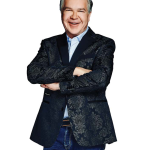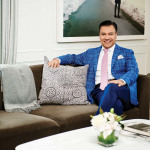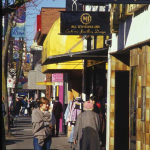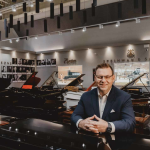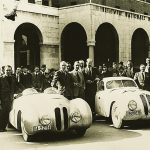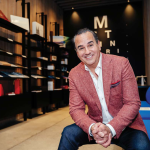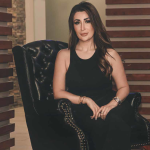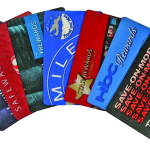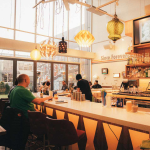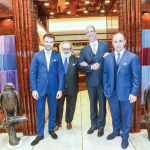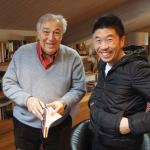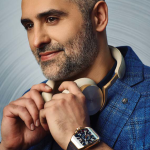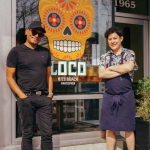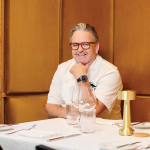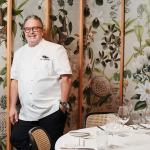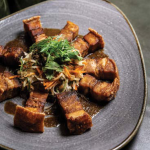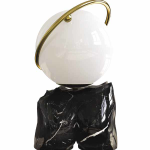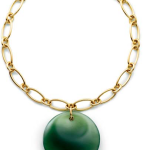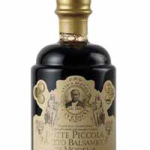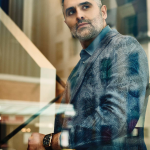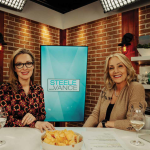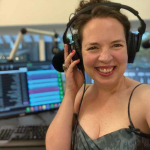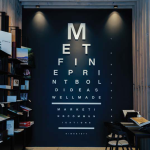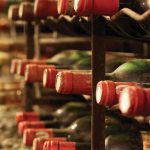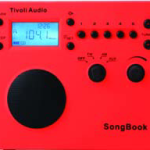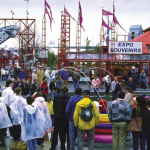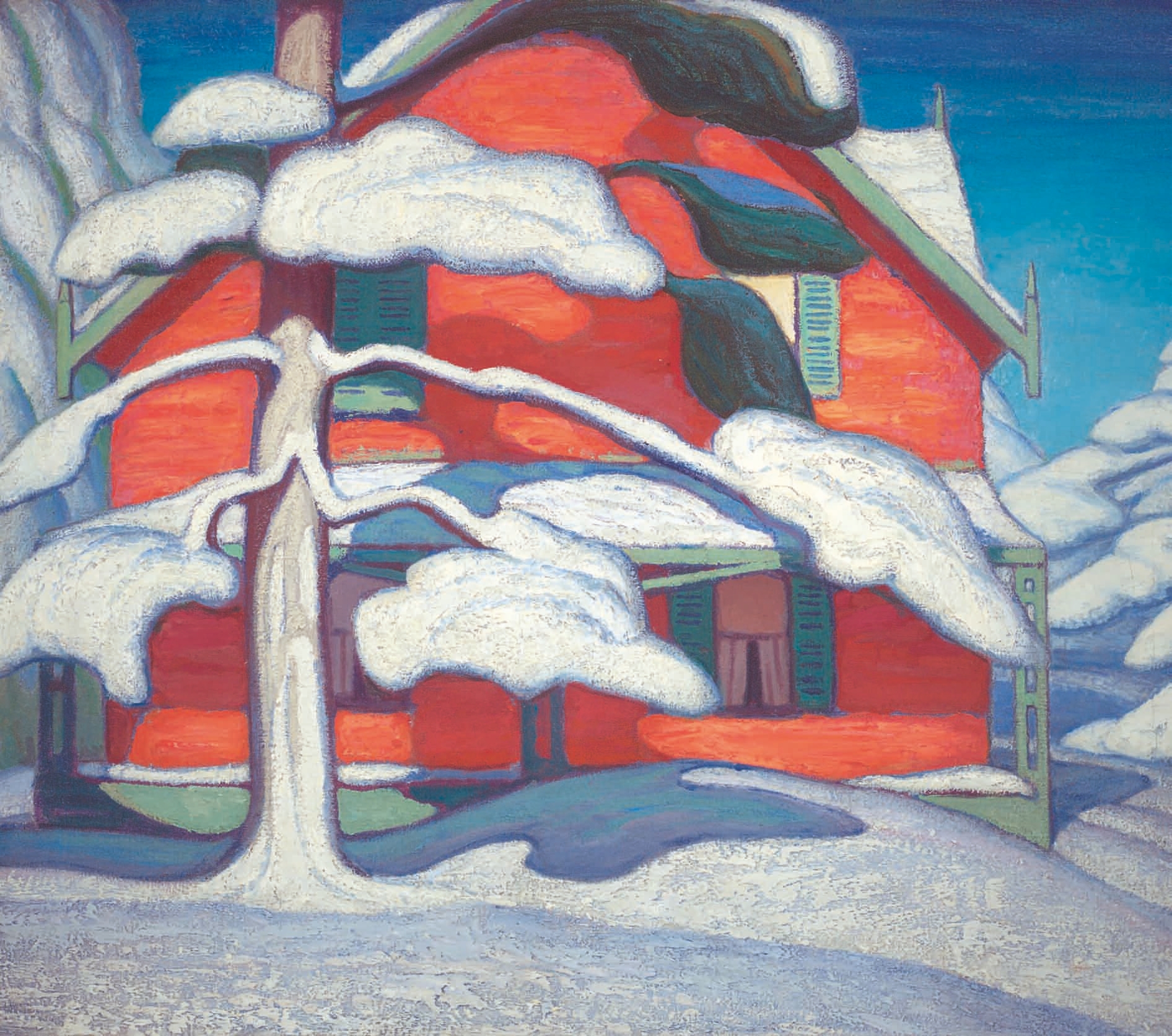
Sponsored Ads
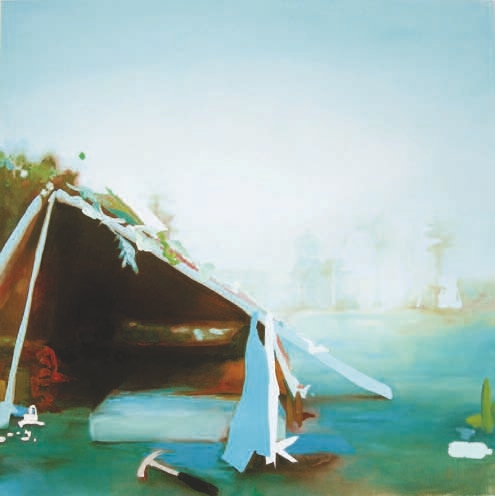
Leigh Bridges
“End Weekend”
oil and acrylic on canvas
Courtesy of the Bjornson Kajiwara Gallery
Most people aren’t art experts—in fact, many of us would be hard pressed to define what “good art” is. Yet who doesn’t know what they like when they see it? Like other commodities art is subject to the vagaries of supply and demand, but the price of art also fluctuates according to such intangible factors as taste and aesthetics. It is art’s subjective nature that makes such a uniquely emotional investment. From the adrenalin rush of bidding at auction to the years of visual pleasure art ownership can bring, “there’s nothing passive or unemotional about investing in art,” according to the Globe & Mail’s art investment expert Anthony West bridge.
Wise investment in art clearly requires both good taste and sound business sense. We’ve sounded out the experts to find their top tips for successful investing in the Canadian art market so that you too can begin to experience what Guggenheim Museum exhibition manager Marian Kahan describes as “one of the most enjoyable ways to spend your money.”
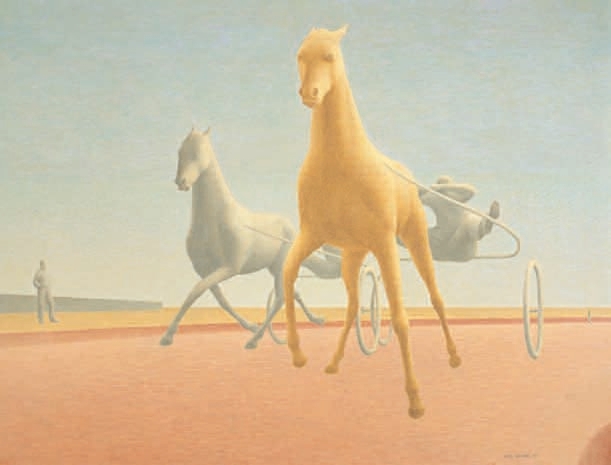
Alexander Colville
1920 – Canadian
Two Pacers
tempera on board
Courtesy Heffel Gallery Limited
1. Get grounded
Not all art appreciates in value over time, so speculating in art is rarely a good idea. Most experts agree that it’s best to buy art you like; never let yourself be pressured into purchasing someone else’s idea of a good investment. That way, your enjoyment of the piece over time will not be affected by the inevitable ups and downs in the art market—its intrinsic value to you will always remain.
2. Research the market
The Canadian art market is currently stronger than ever. Prices for several prominent Canadian artists of the last century have reached international levels, and the WPL Composite Canadian Art Market (which monitors the auction segment of the market) reports that from 1997 to 2002 the average annual compound return on art investment was a healthy 28.9 percent. As Anthony West bridge points out, one of the most surprising aspects of the market is that in 2004-2005 season, nearly 66% of all art at auction sold for less than $2000. This makes entry into the market both attractive and accessible and suggests that the potential for high returns over time remains high.
3. Develop your eye
The first step in buying art is to learn what you like. Which medium appeals to you: painting? Photography? Sculpture? Lithography? Explore periods, artists, genres and subjects. Once you know what appeals to you, your search will be more focused and pleasurable.
4. Seek art out
Buying art begins with seeing art. Visit as many galleries, exhibitions and museums as possible; explore auctions, student shows and art fairs; read art periodicals, blogs and web sites. If something catches your eye in a magazine or hanging on a restaurant wall, be sure to indulge your curiosity and seek out the identity of the artist.
5. Cultivate relationships
Reputable gallerists and dealers can be invaluable sources of information, as can critics, curators and art academics. According to Barrie Mowatt, owner of Vancouver’s Buschlen Mowatt Galleries, it’s best to develop a network of relationships with various dealers; don’t depend on the advice of only one person. “Every dealer has their own niche,” says Mowatt. “Look for those who have a good reputation for providing solid data that supports their area of expertise.” Artists themselves can also be equally valuable sources of information; they often know what’s going on in the art world before others do. They may also be able to point you in the direction of artists who have yet to be discovered.
6. Go new, go old
When it comes to investing in art, two schools of thought prevail: one favours finding a lesser-known contemporary artist and investing in them early; the other suggests buying smaller works by big-name artists with established national recognition. Both can be sound strategies— you need to decide which most suits your comfort level and area of interest in the moment.
Sponsored Ads
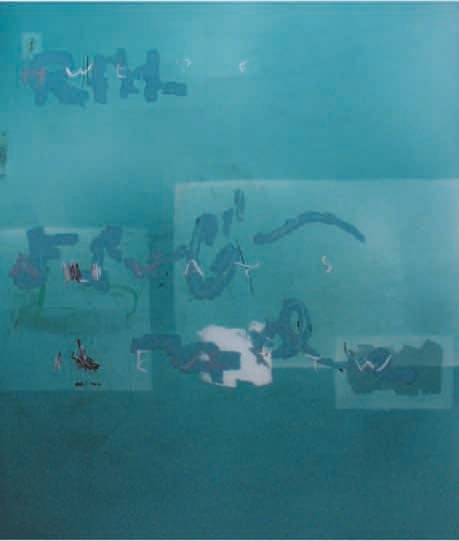
George Vergette
“Always Everywhere”
mixed media, resin on panel
Courtesy of the Bjornson Kajiwara Gallery
According to Bjornson Kajiwara Gallery partner Sherri Kajiwara, diversification is the key to any healthy investment portfolio, including your art portfolio. “If you can afford it, by all means buy blue-chip pieces by blue-chip artists,” Kajiwara advises. “These cost more up front, but tend to retain their value over the long term, whereas works by younger artists might be higher risk, but they cost pennies by comparison. Consider purchasing both types of pieces for a well-rounded portfolio.”
7. Talk to your accountant
Purchasing art may have favourable tax implications, particularly if you own a business. Canadian tax law allows for the acquisition of original Canadian art as a capital cost expense (if the artist is Canadian and the work worth a minimum of $200) which can be written off in its entirety. But don’t take our word for it—be sure to talk to your financial professional to get accurate, up-to-date information before making your investment.
8. Consider the auction
If you want assurance that your art investment will have eventual resale value, there is no better place to purchase, according to Robert Heffel, than by purchasing at auction. One might expect this type of statement from the Vice-President of Heffel Fine Art Auction House, which in May of this year oversaw the sale of the Lawren Harris painting “Pine Tree and Red House” for a the tidy sum $2.85 million—a record for a painting by the Canadian master and for the auction house itself.
But the fact remains that a piece of art sold through a reputable auction house does tend to have proven investment worth and its market track record can be found in price guides such as the Canadian Art Sales Index. “If you’re buying a piece, it means it has inherent liquidity,” says Heffel. While there is no guarantee your piece will gain in value, if you do choose eventually to sell at auction there is always the possibility that in the heat of the action it might sell for more than expected.
9. Be wary
The art market is largely unregulated, so wise investors always perform their own due diligence before making a purchase. Be sure your seller has clear title to what they are selling; be vigilant for frauds such as posters sold as originals, forgeries and fake signatures; and be leery of paying temporarily inflated prices for the hyped-up artist of the moment. Finally, while the Internet is a wonderful place to research art and artists, it is not the best place to make a private art purchase (online auctions by reputable houses aside).
10. Stay focused
According to gallerist Barrie Mowatt, who began his adventures in art as a collector, what separates art collection from mere acquisition is the intent of the purchaser. “Investors in art are knowledgeable and have clear intent. They set their objectives ahead of time.” And his best bit of advice for the first time investor in art? “It’s the old adage:
if a deal looks too good to be true, it probably is. Don’t ever let yourself be seduced by the deal.” In the end, every investment is a risk. But by buying art you love, that risk is mitigated by the visual pleasure and pride of ownership your art will bring you for years to come. Buying art is about investing in your own taste and sensibility; like many of the best things in life, it is, fundamentally, its own reward.

Lawren Stewart Harris
1885 – 1970 Canadian
Snow, Algonquin Park
oil on canvas
Courtesy Heffel Gallery Limited
Great Local Places to Discover Art
A Vancouver fixture since 1979, Buschlen Mowatt Gallery features works by such international painters and sculptors as Robert Indiana and Dennis Oppenheim. (www.buschlenmowatt.com) Works by established young Canadian visual artists and photographers such as Graham Gillmore, Douglas Coupland and Karin Bubas abound at The Monte Clark Gallery. (www.monteclarkgallery.com) Want to find the next great art star? Be sure to attend the annual graduate art show at the Emily Carr Institute of Art and Design. (www.eciad.ca) Even if you’ve never tried eBay, you’ll love the online art auctions at Heffel Fine Art Auction House; a recent auction of Canadian Inuit and First Nations art had pieces with starting bids in the low hundreds and low thousands. (www.heffel.com) The Bjornson Kajiwara Gallery is one of the best venues in the city to catch such white-hot young Canadian artists as Mark Neufeld, Leigh Bridges, Jessica Bushey and George Vergette. (www.bjornsonkajiwara.ca)




















